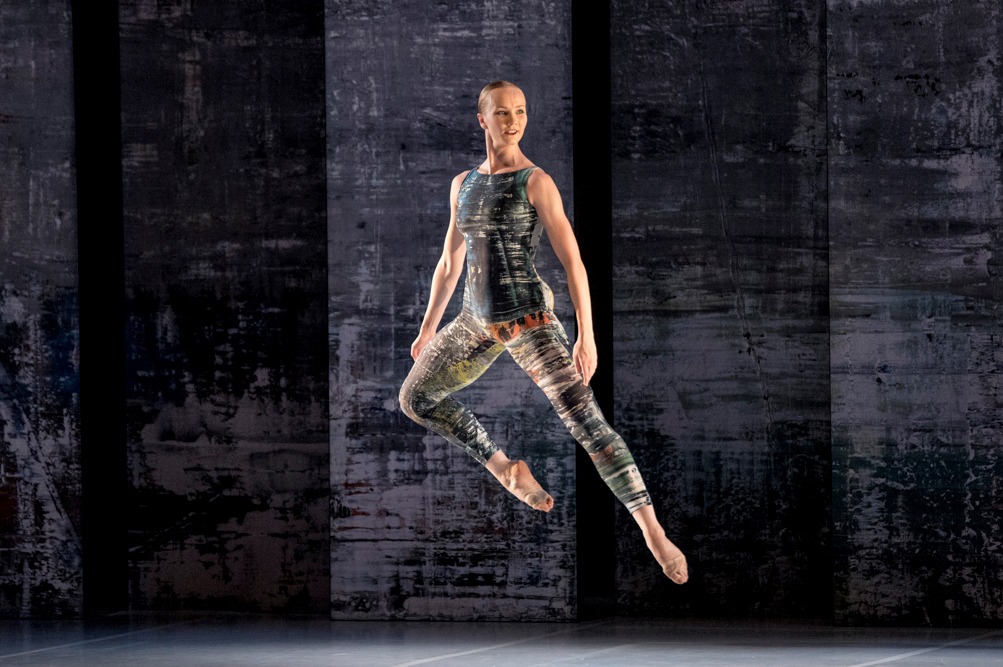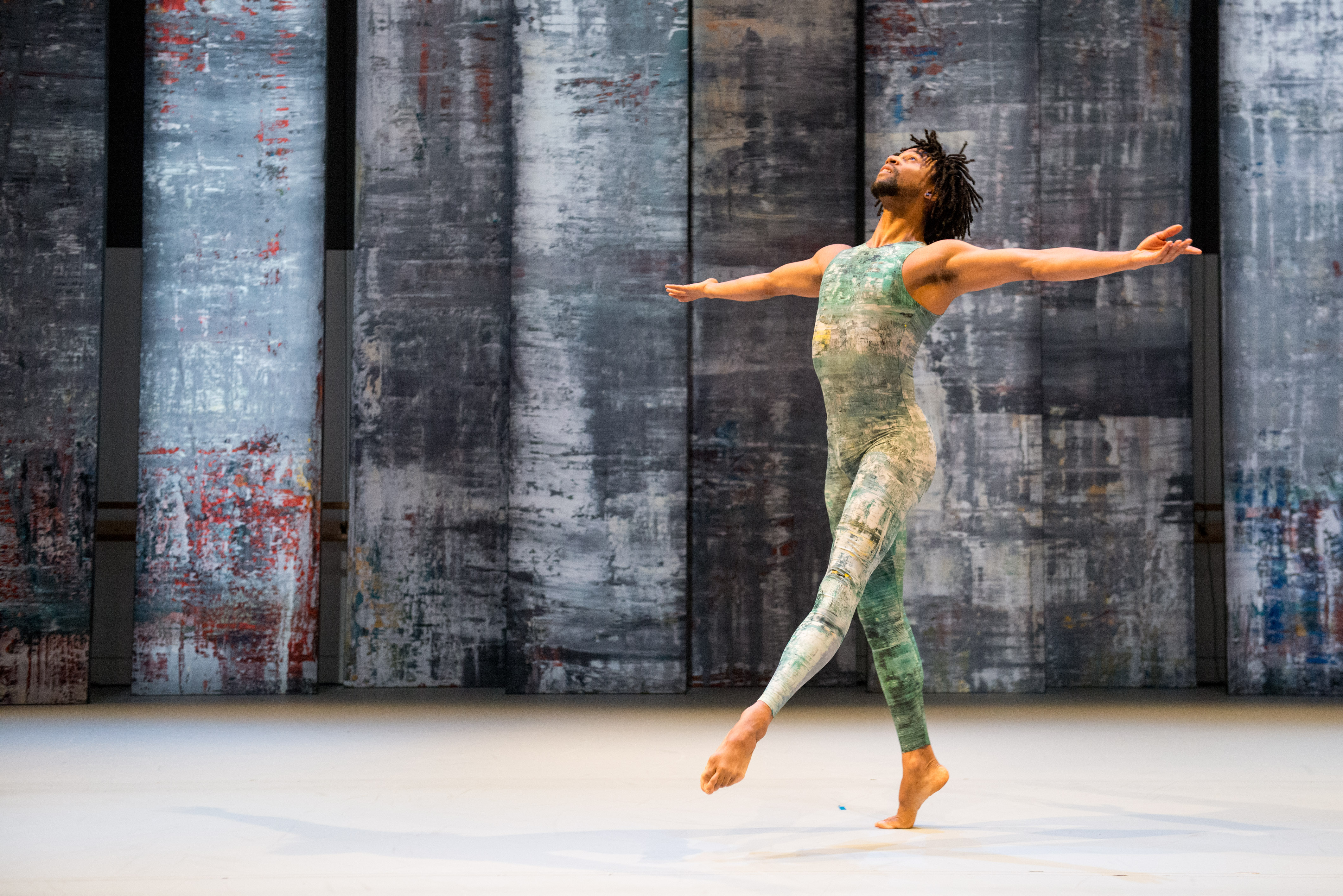Words by Izzy Rogers
I hold a strong dislike of the choreography of world-renowned dance master Merce Cunningham. I had forgotten this before Rambert opened the first night of their Cunningham Centennial at Sadler’s Wells. But Rambert is indisputably the beacon of contemporary dance and if anyone is going to make a good job of it it is them.
This company outing is a newly-made ‘Event’ which, true to the Cunningham method, is formed of extracts of sequences from his existing repertoire (in this case, prominent pieces in the history of Rambert). The work has been made precisely for this time and place, and is set — instantaneously — to separately-created scenery and music. All three elements are only brought together in the moment of execution, for us to bear witness to their un-designed interaction.
Philip Selway, a musician known best as the drummer from Radiohead, leads of the creation of an excitingly haphazard score: a mix of natural (long held violin notes; electric guitar feedback) and technical-type ‘found’ sound (‘doo do do. Ba ba ba’). It’s a treat to behold. Enjoyable, too, are Gerhard Richter’s horizontally-dappled wall hangings in grey, red and white. The paintings were inspired by Cunningham’s long-term musical collaborator John Cage, returning us to the original talents which brought the performance phenomena about in 1960s New York.
Stevie Stewart has crafted the dancers’ turquoise and dark green lycra one pieces. The original primary colour Aerobics-esque monstrosities, which Cunningham revisited continually for his original Events, are etched on my brain by countless modern art exhibitions which feature footage of them. Now, a tie-die refresh updates them for the digital age. Muscular builds are exhibited, no doubt honed by months of preparatory Cunningham curves and squats. Painterly dashes of red and yellow in the costumes resemble French impressionist Monet.

The movement itself is reassuringly precise and accomplished; power poses galore. Arms are frequently held outstretched at 45 degrees for no apparent reason; similarly, mixed sex couples join hands without any apparent relationship. Anyone who has attempted to dance in Cunningham technique will know it is fiendishly demanding, requiring landings in unobvious poses and obscure held balances. To me, it lacks visual elegance and fluidity. Its repetitiousness is not satisfactory because phrases are tightly controlled instead of set free or set in pleasing variations. Whilst the core body shapes are notable, I would prefer them rechoreographed to differing tempos to create impact and something for the mind to contemplate.
And, yet, in Cunningham-based work, the motivator is the movement itself: that is enough. Dancers enter alone like show ponies, leaping and trotting in irritating half circles. The muscle force behind the movement is almost-constant, meaning that there are climatic moments to relish. The placing of work remains at one continual sight point — shoulders and pelvises are largely fixed. There is no floor work and few lifts. Those that do occur, however, are technically impressive.
Simone Damberg Wurtz contributes a welcome vitality and Kym Soujourna strength from her statuesque presence. Unfortunately, they aren’t lit to good effect. Boring stage lighting dims slightly mid-way, very roughly — and unintentionally of course — coinciding with a dramatic change of musical tempo. The innovative quality of one duet stands out, the male dancer swinging a female, momentarily, from her knees. Truncated at the waist, her torso and head go back and forth like a pendulum. Perhaps this Event shows us to dance when we simply don’t know what else to do: a most human sentiment. But the effect is curiously formulaic and non-meaning making.
Towards the end, the music rising too, rows of dancers form stronger formations with high kicks. In unyielding waves of movement, I am lost in vicarious sensation. The precise moves become obsolete to enveloping series of phrases, made lovely by rising backing sound. Activities down in the orchestra pit are highly contributory: the three musicians (Selway plus Quinta and Adrian Utley, sound experimenters in their own right) appear to be having a ball. As the music cuts out, the dancers gasp back their breath. This Event has featured no intervals, no pauses. I could be persuaded, by this last five minutes, to experience the power of Cunningham again. I will feel more positive about it, a hint of anticipation perhaps, next time round.
Header image: Tony Nandi
